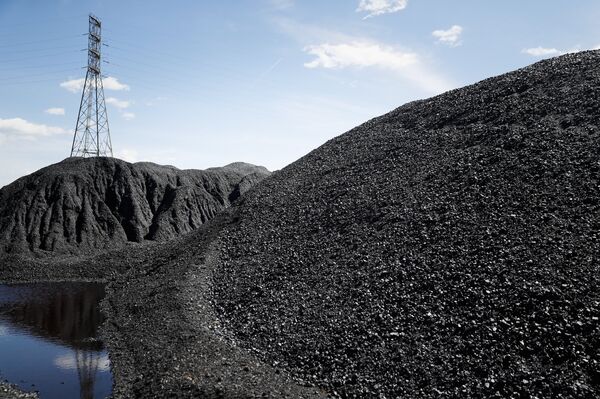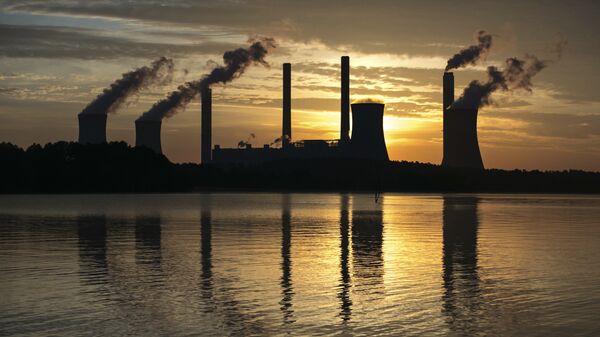The findings were published in the Journal of the Energy Institute.
According to the researchers, fuels based on sawdust, solvents, wastewater, and other waste are not just more environmentally-friendly and cheaper than common fuels. They have great energy potential and can even compete with coal and fuel oil.
"Slurries based on sawdust, wastewater, and solvents prove to have the highest relative efficiency coefficient. A coal-water mixture has become the leader in terms of eco-friendliness and calorific capacity", Ksenia Vershinina, Associate Professor at the TPU Research School of High-Energy Physics, PhD in Physics and Mathematics, said.
Slurry fuels can compete with traditional pulverised coal fuel in a number of important indicators. They provide a more efficient use of numerous combustible wastes from various sectors of the economy.

Moreover, these types of fuels replace coal combustion and expand the resource base of energy enterprises. To do this, it is necessary to improve knowledge in the field of low-grade combustible components, which currently hinders the development of new technology.
"In a laboratory combustion chamber, we burned small portions of fuel mixtures. The experimental installation allows for wide-range variations of temperature. We could monitor the ongoing processes in real-time and record parameters with a software and hardware suite including a high-speed video camera, a gas analyser, temperature sensors, and a thermal imager", Ksenia Vershinina said.
Vershinina added that the findings would help determine furnace dimensions and combustion methods, choose the mode for boiler warmups, estimate the intensity of equipment, and calculate both fuel supply interval and rate.
According to the experts, the study results will be useful for any country, region, or individual enterprise interested in developing technology for the energy recovery of low-grade waste and components.
In the future, the researchers will conduct experiments on low-grade fuel combustion in a test boiler, and expand the number of studied parameters of new fuels. The plans also involve developing safe and rational ways to improve combustion of waste-derived fuels and propose new technical and economic approaches to using waste-derived slurry fuels.



